Golden eagle is written “狗鷲”(Inuwashi)in Kanji characters. There are many theories, but it is said that the first character, “狗” , comes from “天狗”(tengu)which means long-nosed goblin. The picture of a golden eagle on the top of a rock looks just like a tengu. On seeing a leaf fan held by a tengu, we can recognize the origin of the name for golden eagle from the tengu legend.

A golden eagle on the top of a rock looks just like a tengu!?

A shinto priest resembles a tengu.
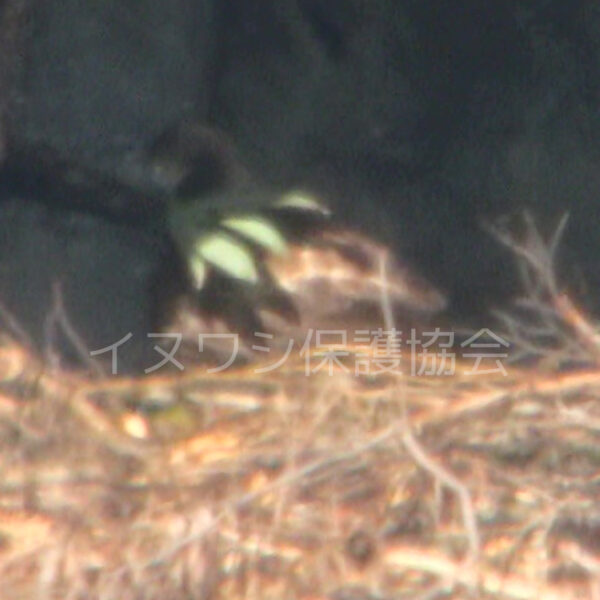
A golden eagle holding a bamboo leaf, which will be material for a nest, just looks like a leaf fan of a tengu.

A tengu holding a leaf.
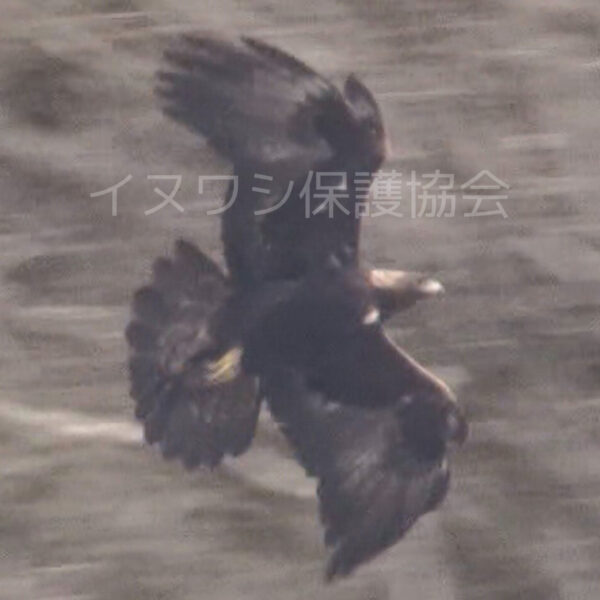
A golden eagle spreading its wings.
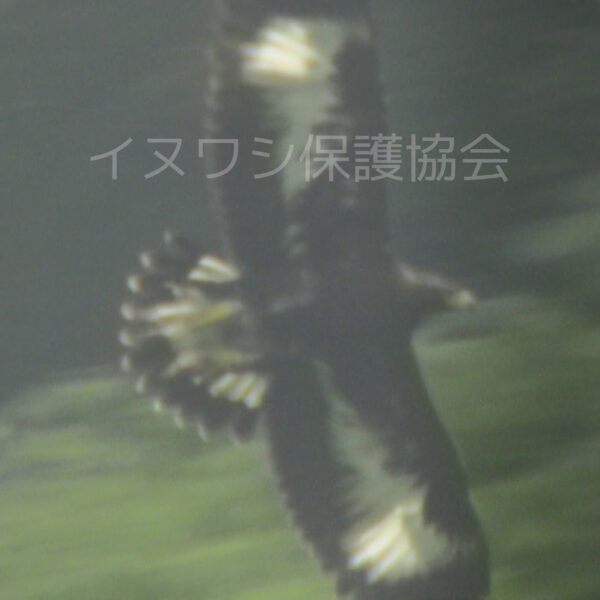
When spread out the wings look just like a leaf fan of a tengu.
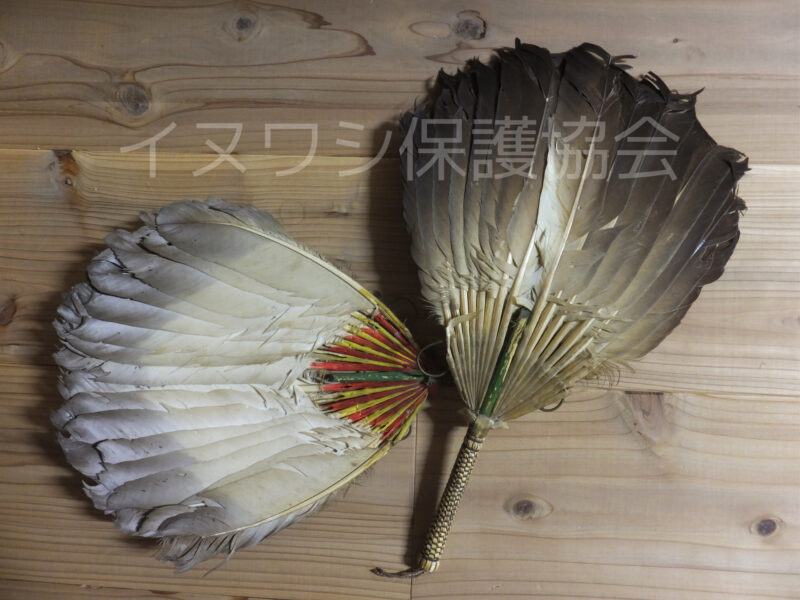
A feather
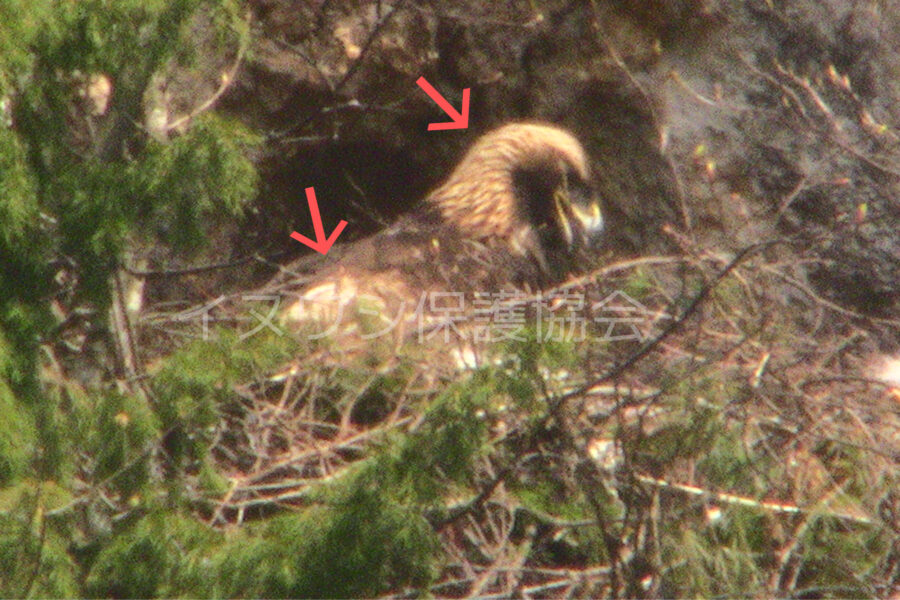
Back of the head and the wing coverts have golden color.
The English name is “Golden eagle”. The name comes from the fact that it has golden feathers on the rear of its head and wing coverts (around the shoulders). As you can tell from the name, they are widely spread in the center of the northern hemisphere.
The scientific name is Aquila Chrysaetos meaning golden eagle. (Technically, eagle of golden eagle?) Spanish researchers of raptors used to call them “Real Eagle” in English so probably the meaning of this scientific name is something like eagle of eagle (eagle of golden eagle)!? If anyone is knows the meaning of the scientific name, please let us know. m(_ _)m
The size of a golden eagle from the tip of its beak down to the tip of the tail feathers is about 80 to 90 cm. That is slightly bigger than a golden retriever in sitting posture!?
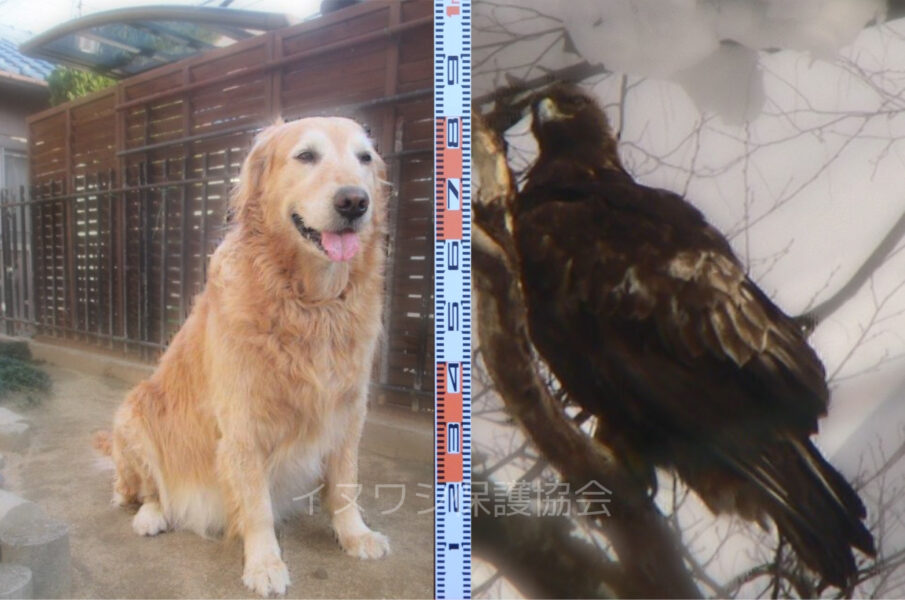
Comparing heights with Love chan (name of the dog)
When it spreads its wings, it will be 170 to 210 cm wide. That is bigger than the wing span of its father! A feather can be all the way up to 50cm in length.
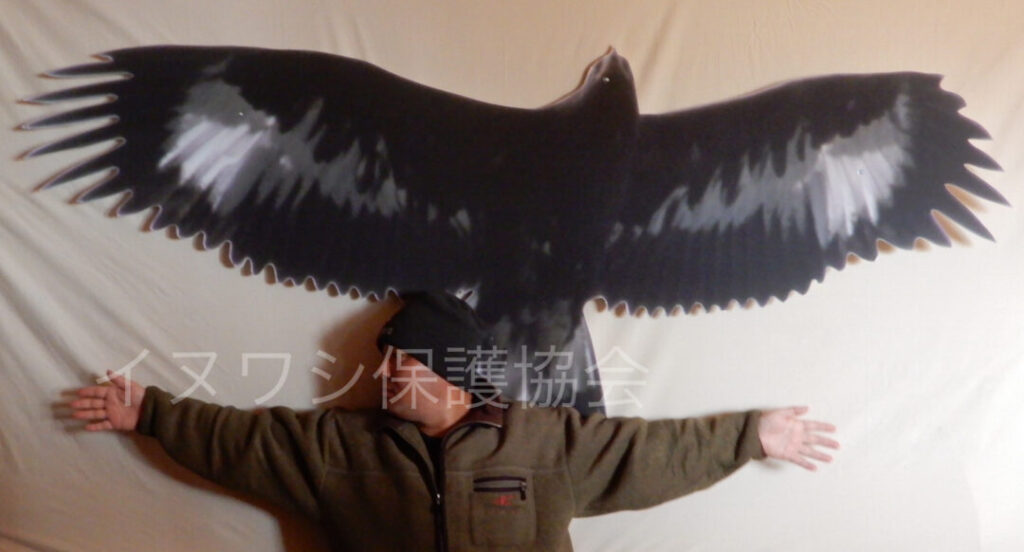
A full-scale panel of a golden eagle and 170cm tall father
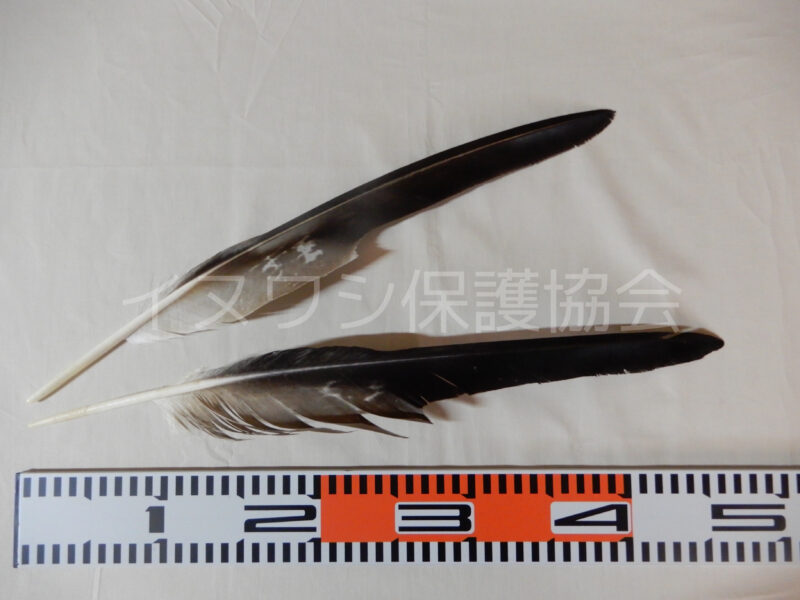
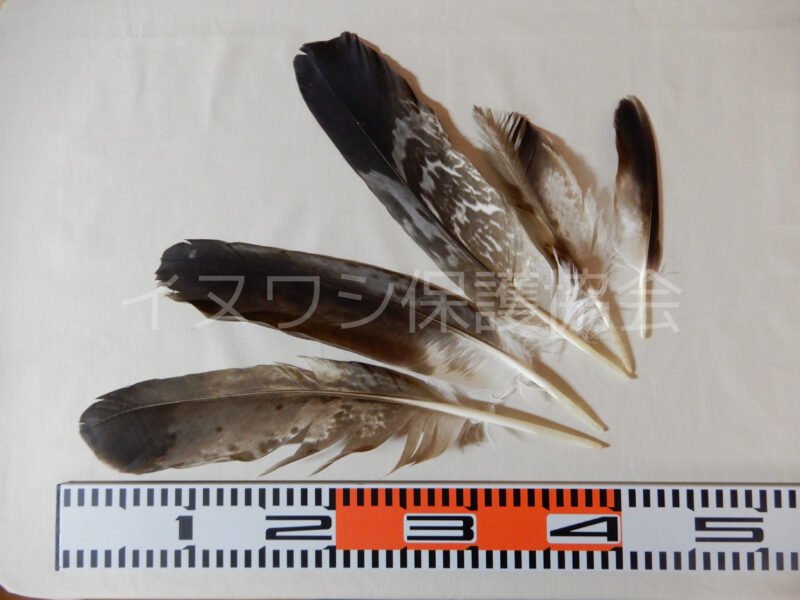
With regard to food, according to a study by the Japanese Research Institution for golden eagle, done 40 years ago, the number one food for the golden eagle was hare, number two was copper pheasant and number three was Japanese rat snake. About 50% of food was hare. However, based on an investigation done by Ozawa, recent chairman of the Golden Eagle Society, we came to know that the primary source of food was snakes, mainly Japanese rat snake: 85% for eagles studied in Mt. Hakusan, Fukui prefecture and the north of Gifu prefecture, and more than 90% for eagles studied in the northern alps of Toyama prefecture and the south west of Nîgata prefecture. By the way, among 117 incidents, only 5 hares (4%) were found eaten, which were previously reported to be the number one food source for golden eagles. The main reason for a decrease in the number of golden eagles may well lie with a decrease in the number of hares.
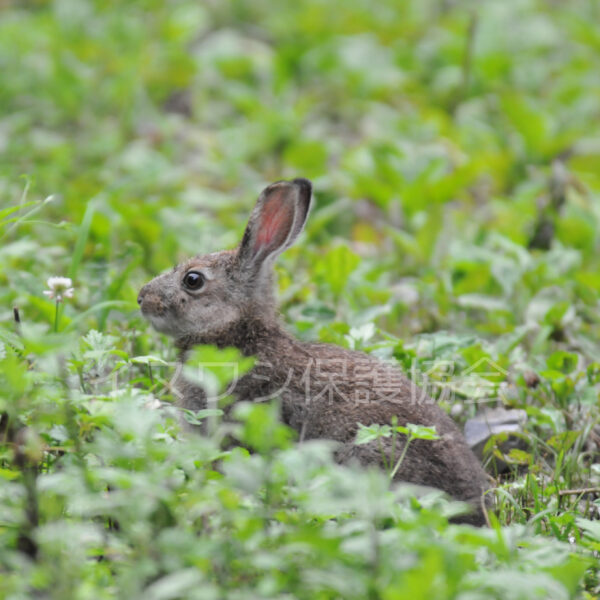
Hare
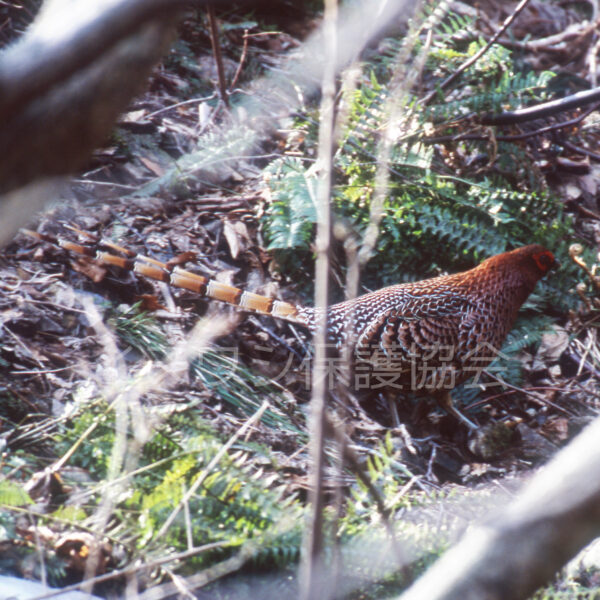
copper pheasant

Japanese rat snake
The life span of a golden eagle is around 30 years in the wild and about 50 years under the supervision of keepers. In the wild, an eagle must keep searching for food to feed itself until death, so the lifespan is shorter than for an eagle that gets fed under supervision.
In the area under the observation of Ozawa, the chairman, the oldest eagles found were more than 28 years and 30 years old. We even have seen a 52 years old female eagle under supervision in Spain. This one had even bred until the age of 47!
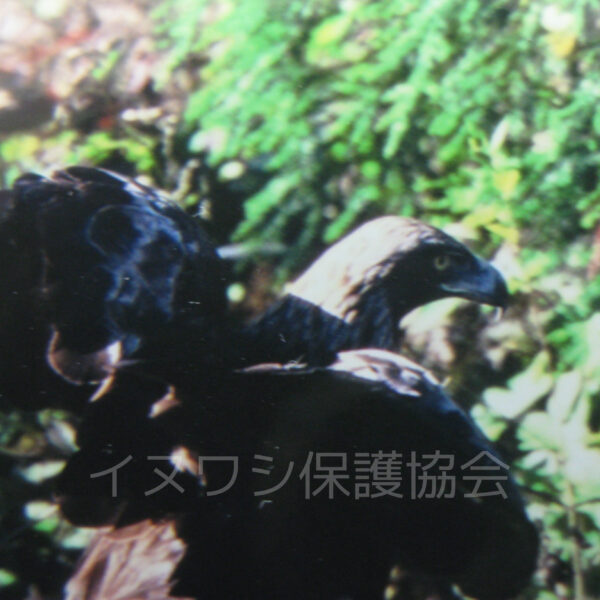
The golden eagle that has lived for more the 28 years.
Because of the lemon-yellow color on its irises, we can continue tracking it.
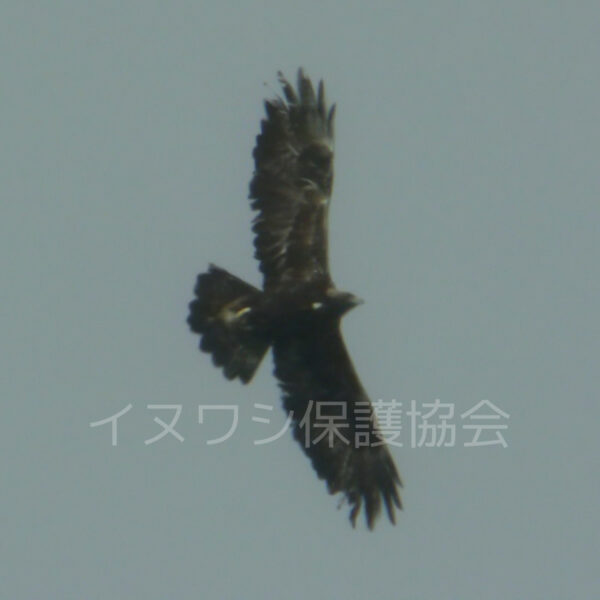
The golden eagle that has lived for more than 30 years.
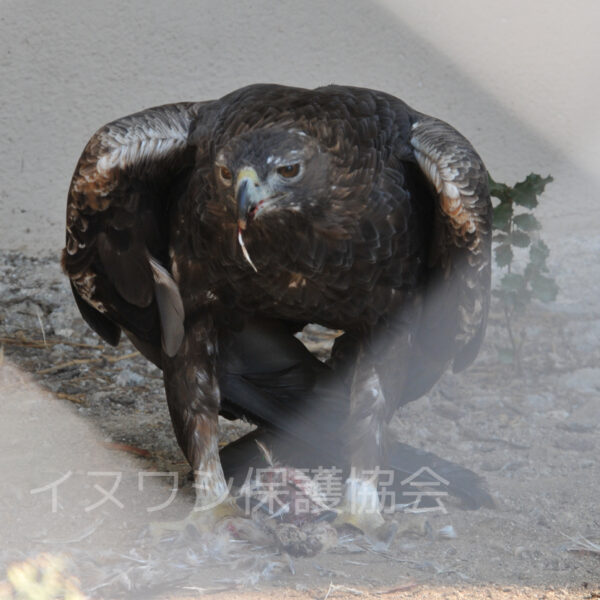
The dignified 52 years old elderly golden eagle
Each one has different traits just like a human being. But generally speaking, they are very sensitive although it is hard to imagine from their big bodies and dignified facial features!! Especially if you
approach them at the time of reproduction, parent birds will leave their eggs or their young and fly away from their nests. If that happens, the offspring will die because eagles reproduce during the cold season, when it is very cold! So, we never should go closer! (^_-)-☆ Let’s watch over them quietly from a distant!
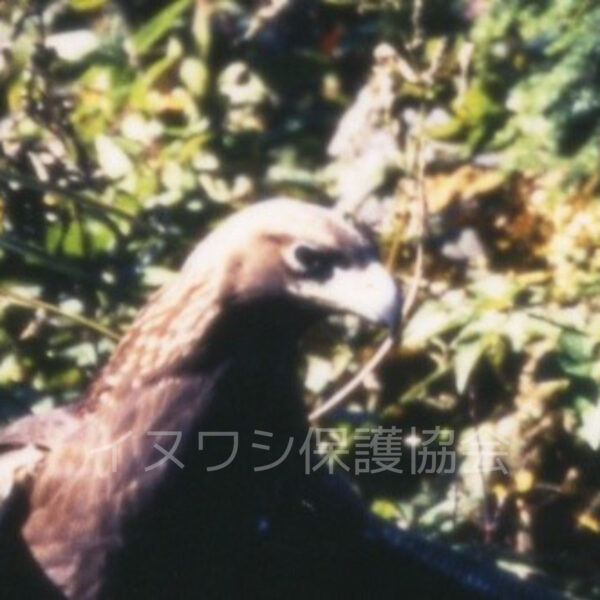
Each one has different facial features like humans.
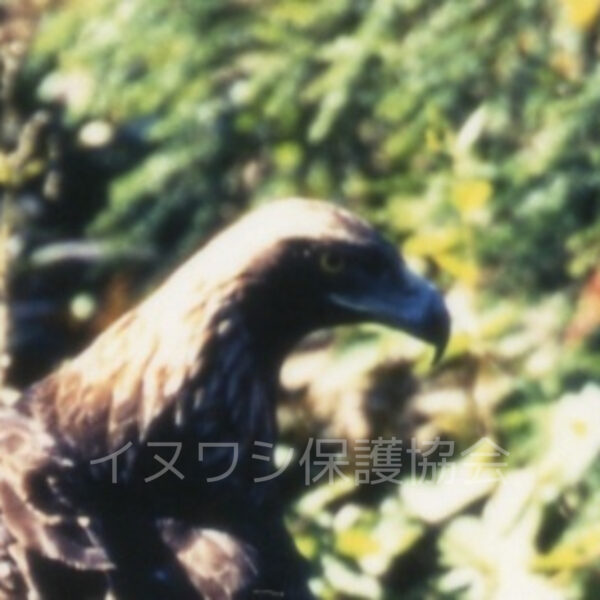
This one is a long-faced type…?


The range of activity of a pair of eagles is 60.8km² on average according to a study done in 1987 by the Japanese Research Institute for Golden Eagle. However, in recent years, their range has widened, due to diminishing numbers and lack of food. The result of the investigation done within Toyama prefecture in 2009 showed that the average range for 6 pairs of eagles was 168.2km² (120.3 to 245km²). It amounts to 3,579 Tokyo domes. For a sense of the size of their range, that compares to 1/7 of Okinawa Island, or 1/13 of Tokyo… Anyhow, it is clear that it is a vast range! A pair of eagles watch over this “vast range of activity” so as not to let others in throughout a year.
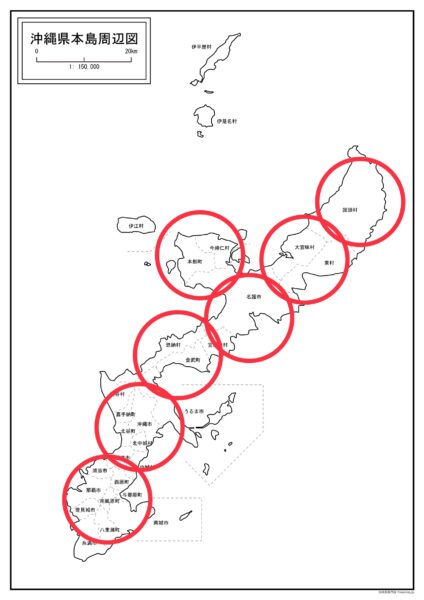
1/7 of Okinawa island
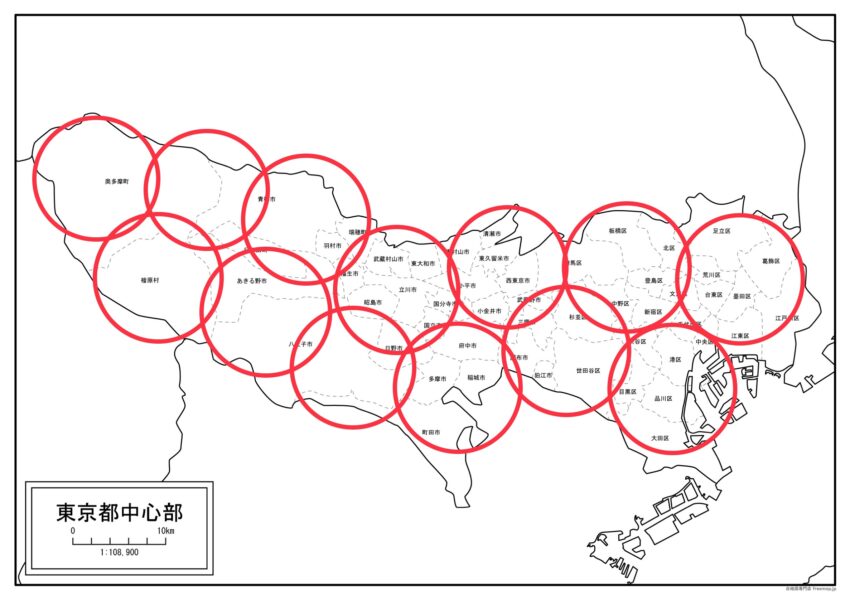
1/13 of Tokyo